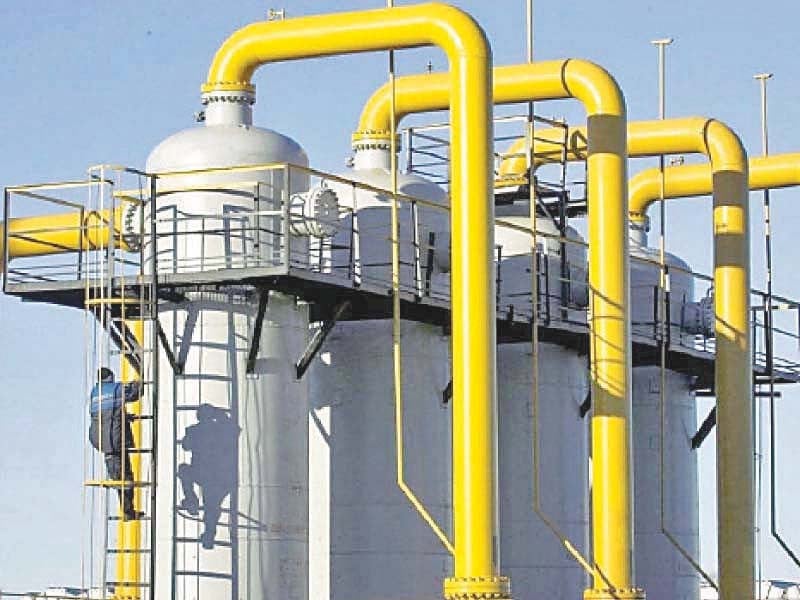In Pakistan, a recent revelation has highlighted a significant issue in the power sector – inefficient captive power plants (CPPs) are consuming a large portion of government subsidies, leading to a growing subsidy burden. These CPPs are provided with cheaper indigenous gas but continue to use more expensive Liquified Natural Gas (LNG) and other fuels, thus requiring higher subsidies. The Secretary of Energy, Rashid Mahmood Langrial, disclosed that customers in certain areas are effectively subsidizing the entire power sector within those regions.
Conversely, K-Electric (KE) receives the highest subsidy, primarily due to the use of expensive RLNG. The main concern is that cheaper indigenous gas is supplied to privately-owned, inefficient captive units, raising questions about subsidy distribution.
As of June 2024, Pakistan’s circular debt in the power sector has surged to a staggering Rs2.31 trillion. The Ministry of Energy has proposed a plan to reduce this debt through budget subsidies and policy revisions, which is currently under review. The challenge remains to streamline subsidy allocation, make energy production more efficient, and manage the circular debt to ensure a stable and affordable power supply for all consumers across Pakistan.

